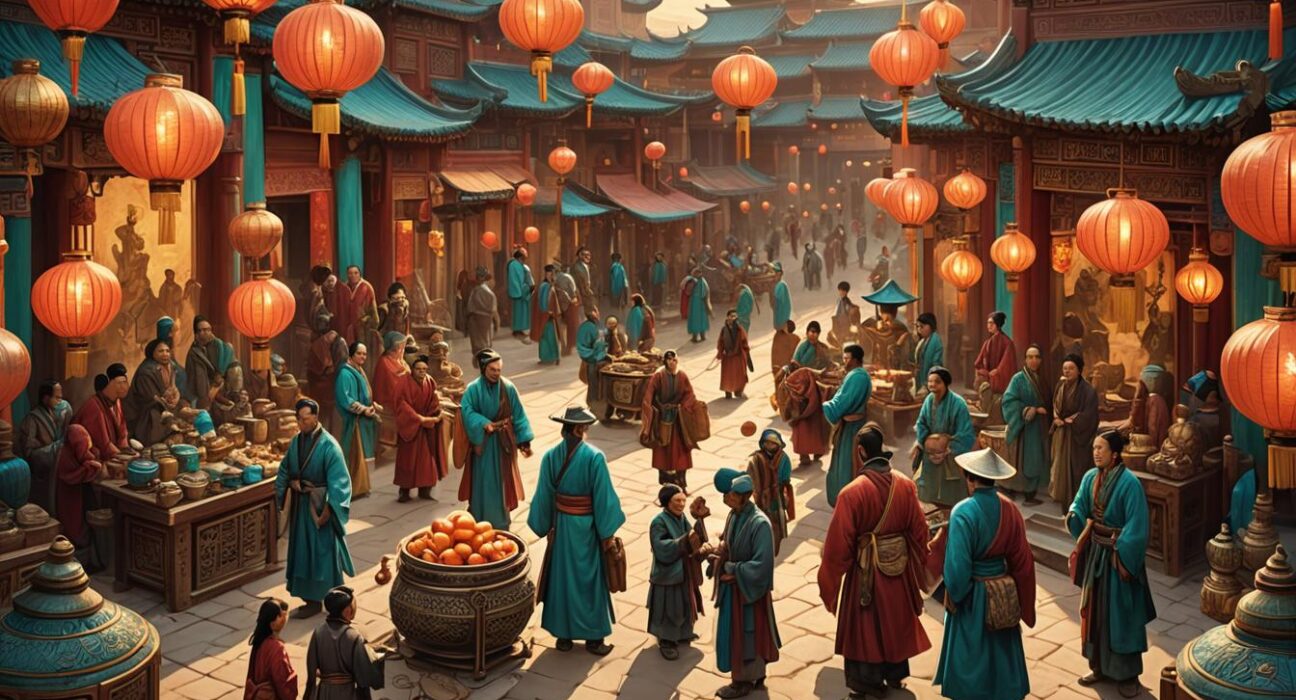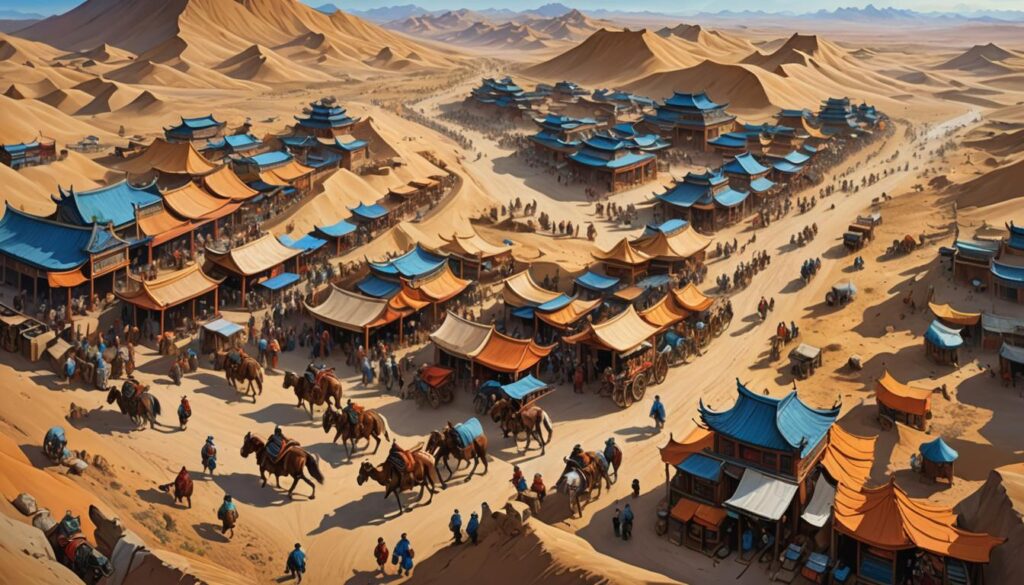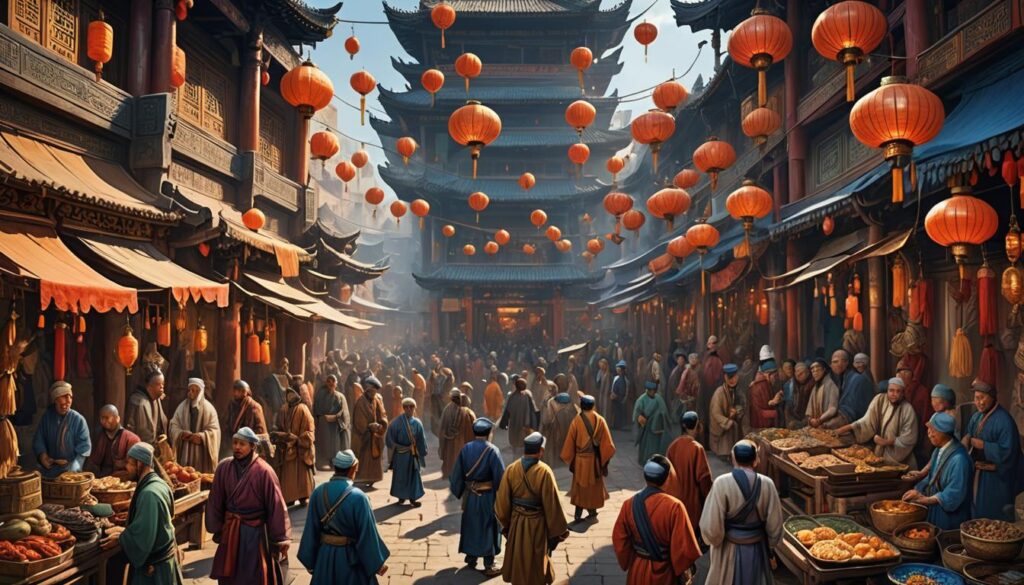The Chinese Silk Road: A Journey Through Time and Culture

The Chinese Silk Road: A Journey Through Time and Culture
The Chinese Silk Road, often simply called the Silk Road, is one of the most famous trade routes in history. Spanning thousands of miles across Asia, the Silk Road was not just a conduit for goods but a bridge between cultures, peoples, and ideas. This ancient network of trade routes played a critical role in shaping the civilizations it connected, from China to the Mediterranean.
The Origins of the Silk Road
The Silk Road’s origins date back over 2,000 years to the Han Dynasty (206 BCE – 220 CE) in China. Although trade routes existed before this time, it was during the Han Dynasty that the Silk Road became a formalized and significant network. The term “Silk Road” was coined in the 19th century by the German geographer Ferdinand von Richthofen, referencing the lucrative trade in silk that dominated the route. However, silk was just one of the many goods exchanged; the Silk Road was a bustling artery of commerce that facilitated the movement of a wide range of products.
The Silk Road began in the ancient Chinese capital of Chang’an (modern-day Xi’an), extending through Central Asia, passing through regions like modern-day Kazakhstan, Uzbekistan, and Iran, and finally reaching the Eastern Mediterranean, with connections to Europe and North Africa. The network also had southern branches leading into the Indian subcontinent.

Trade and Cultural Exchange
Silk was the most famous commodity traded along the Silk Road, but it was far from the only one. The route saw the exchange of goods such as spices, precious stones, metals, textiles, ceramics, paper, and even horses. The trade was not just one-way; while China exported silk, tea, and porcelain, it imported wool, gold, and glassware from the West.
However, the Silk Road was more than a commercial highway; it was a channel for cultural, technological, and ideological exchange. Religions such as Buddhism, Islam, Zoroastrianism, and Nestorian Christianity spread along the Silk Road, profoundly influencing the cultures they encountered. The transmission of artistic styles, technological innovations like papermaking and gunpowder, and scientific knowledge, such as astronomy and medicine, also traveled these routes, significantly impacting the development of civilizations across Asia and beyond.
The Silk Road facilitated the exchange of ideas and knowledge, leading to a greater understanding between different cultures. For example, the spread of Buddhism from India to China and then to Japan and Korea was made possible by the Silk Road. Chinese pilgrims traveled to India in search of Buddhist texts and returned with not only religious scriptures but also new cultural practices and artistic influences.

The Challenges of the Silk Road
Trading along the Silk Road was not without its challenges. The vast distances, harsh terrains, and varying climates made the journey perilous. Traders had to navigate deserts like the Taklamakan and the Gobi, cross mountain ranges such as the Pamirs and the Tianshan, and endure extreme weather conditions. The route was also fraught with dangers from bandits and political instability, as various empires and kingdoms controlled different segments of the road at different times.
Despite these challenges, the rewards of Silk Road trade were immense, attracting merchants, adventurers, and even emperors. The route also contributed to the wealth and power of cities along the way, such as Samarkand, Bukhara, and Kashgar, which became thriving centers of commerce and culture.
The Decline
The Silk Road reached its peak during the Tang Dynasty (618 – 907 CE) and the Mongol Empire (13th to 14th centuries). Under the Pax Mongolica, a period of relative peace and stability under Mongol rule, trade along the Silk Road flourished, with increased safety and greater movement of people and goods. However, by the 15th century, the Silk Road began to decline.

Several factors contributed to the decline of the Silk Road. The rise of maritime trade routes, which were faster and could carry larger quantities of goods, reduced the importance of overland trade. The fall of Constantinople in 1453, which severed the link between Europe and Asia, and the fragmentation of the Mongol Empire, which led to increased instability and insecurity, also played significant roles. Additionally, the spread of the Black Death in the 14th century disrupted trade and led to a decrease in the movement of goods and people along the route.
The Legacy
Although the traditional Silk Road eventually fell into disuse, its legacy endures. The cultural exchanges that took place along the route have left an indelible mark on the regions it connected. The blending of cultures, religions, and ideas along the Silk Road contributed to the development of a rich and diverse cultural heritage that is still evident today in the art, architecture, languages, and traditions of the countries along its path.
In recent years, there has been a renewed interest in the Silk Road, both as a historical concept and as a model for modern connectivity. China’s Belt and Road Initiative, launched in 2013, seeks to revive the spirit of the Silk Road by building infrastructure and strengthening economic ties across Asia, Africa, and Europe. This modern initiative aims to foster economic development and cultural exchange, echoing the original purpose of the Silk Road.








